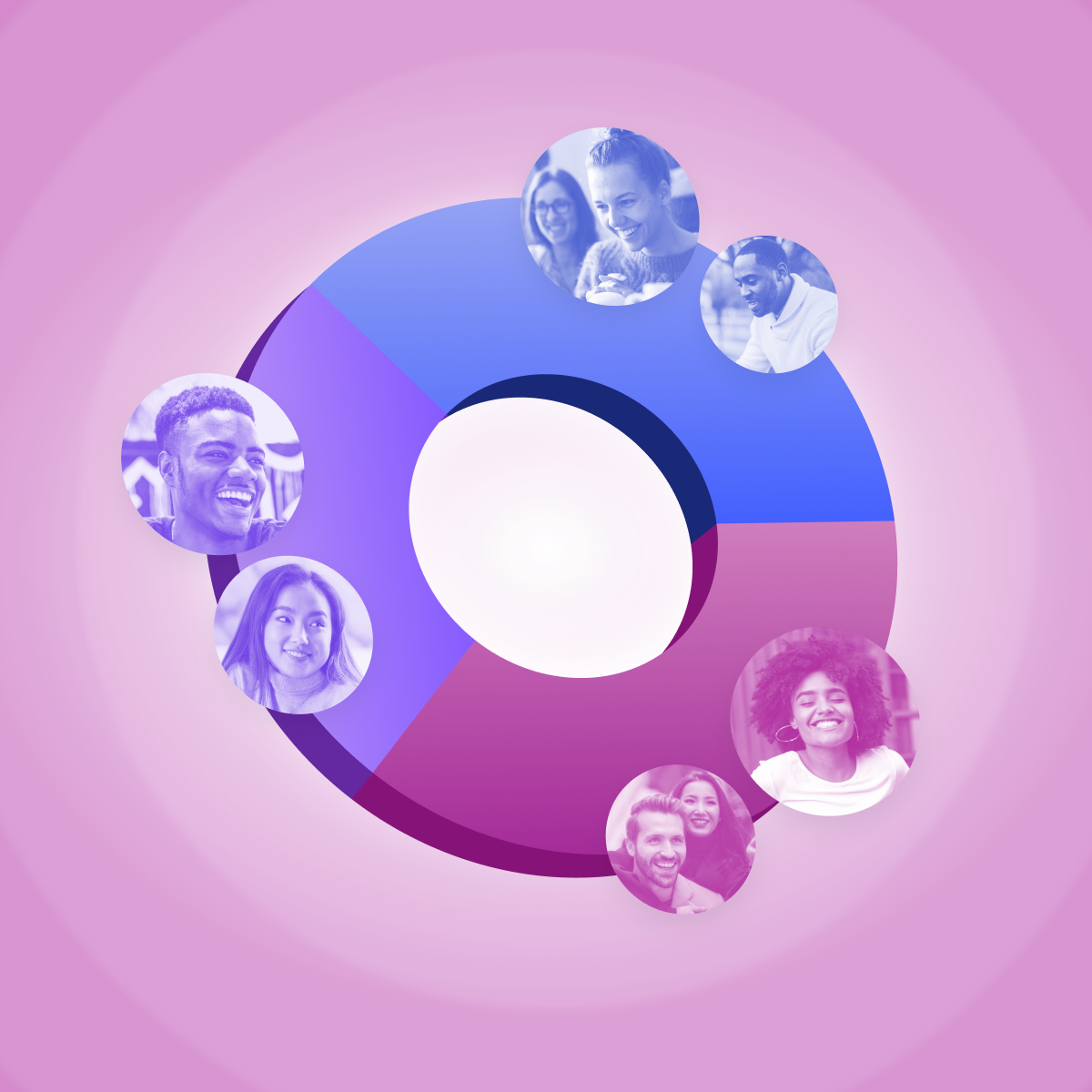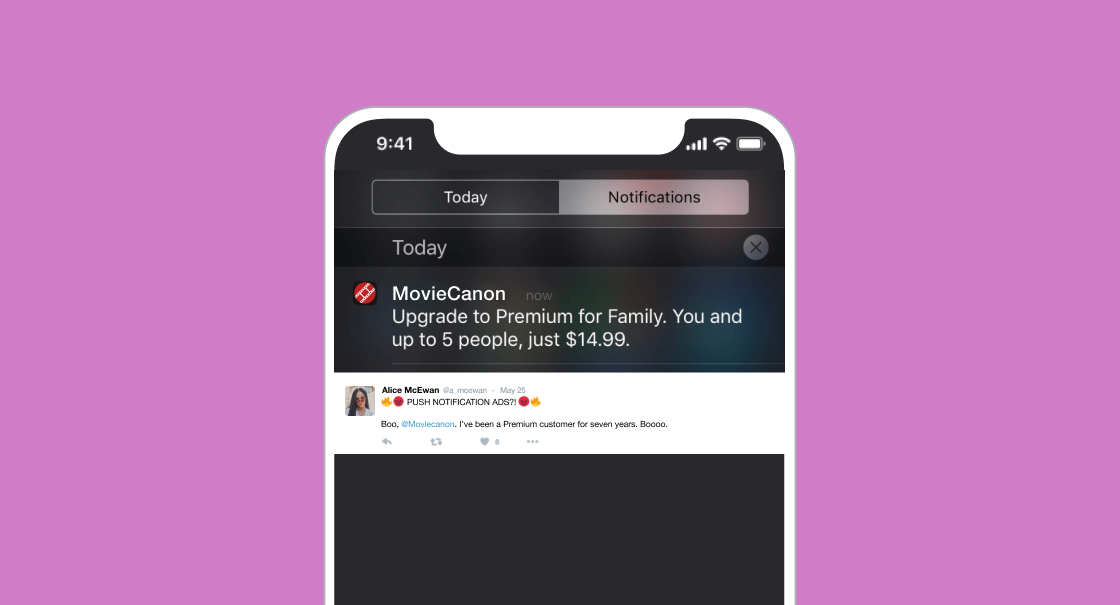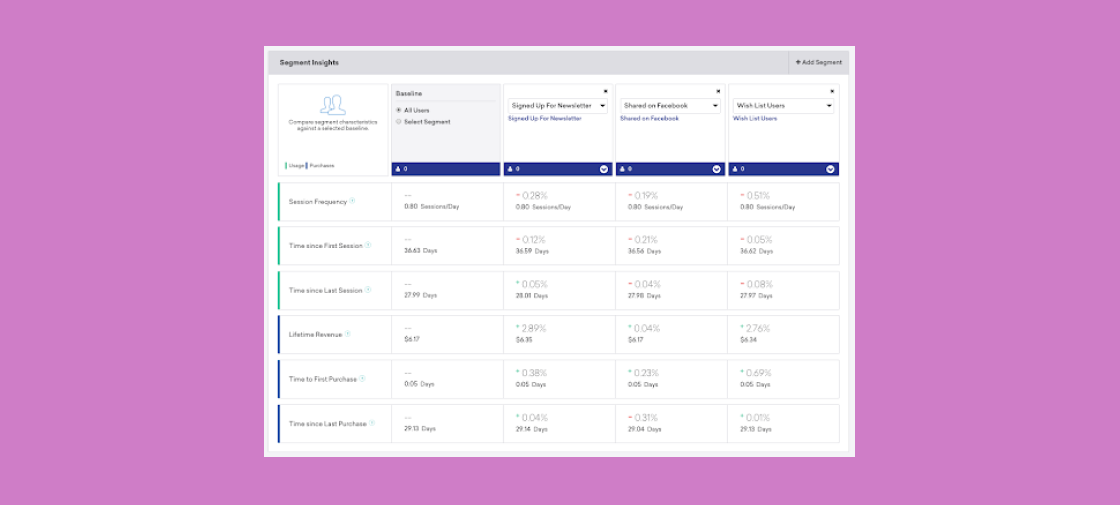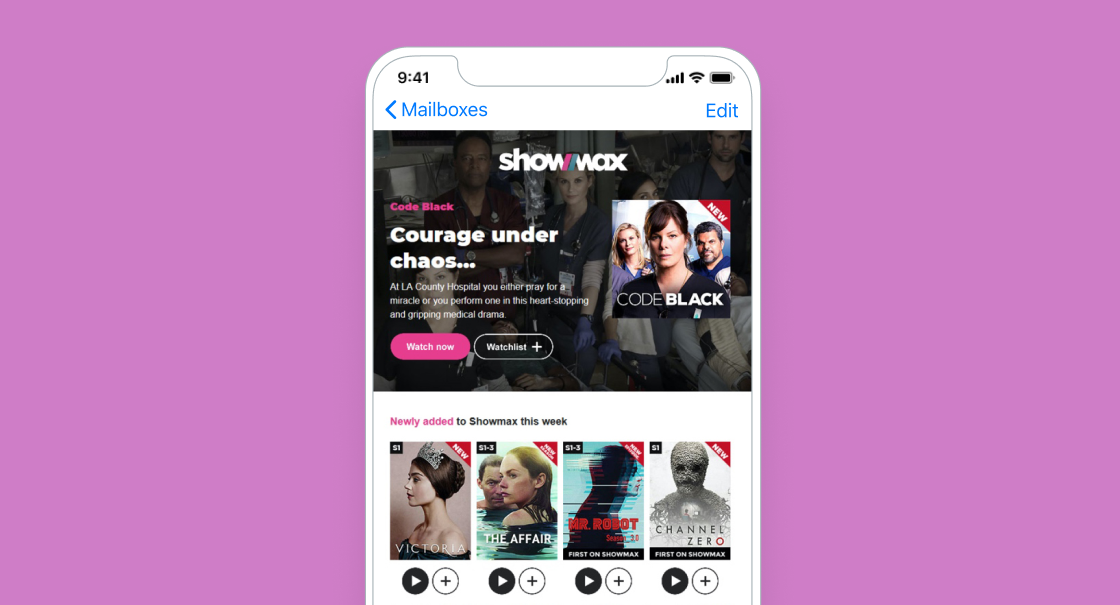Gain a Holistic Understanding of Audience Behaviors With Braze Segment Insights
Published on September 03, 2021/Last edited on September 03, 2021/4 min read


Team Braze
One-size-fits-all is not a fitting term when it comes to business-to-consumer communication. After all, every customer is unique, including in the way that they interact with brands that they love. So as a brand that people love, you should know that a one-size-fits-all communication strategy won’t work for your customers. Enter segmentation.
To refresh: Segmentation uses data to break out your customers into different groups based on their needs and interests. Once the segments are set up, you target the right customers with the right messages that hit them when they are most ready to receive them. Today, customers want and need to feel that their favorite brands know them as well as they know the brand—and with all of the data that brands are able to collect, there is no excuse to send messages that don’t match up to each customer’s needs and wants.

So Where Do I Start to Get Segmentation Right?
You might be asking yourself how to integrate segmentation into your marketing strategy. First, you need to analyze the data—you can create segments using almost any characteristic that your customer engagement platform is collecting. However, segmentation is often more successful if you base the groupings on user habits that align with a customer journey (the opposite of the streaming example above). As with any journey, customer habits and status change over time, and this creates an evolving audience in each segment.
So Wait, Segments Can Change?
Yes. With dynamic segmentation, segments can be constantly in flux based on real-time customer insights. As customer habits change and they enter new phases of the customer journey, this creates an ever-changing network of individuals that move in and out of target segments based on the criteria they meet (or don’t meet) that place them in the right grouping.
For instance, if you have a segment of users who made a purchase in the last week, each day you’ll see users drop out when it’s been eight days since their last purchase—and see new users added to the segment when they buy something.
So How Do I Manage Segmentation Over Time?
Simple. The Braze platform’s Segment Insights feature makes it simple to use, interpret, and share segment insights—equipping you with the data you need to develop next-level marketing campaigns.

With Segment Insights, you can easily assess how a given segment is performing compared to other segments or your audience as a whole for six key KPIs:
- Session frequency
- Time since first session
- Time since last session
- Lifetime revenue
- Time to first purchase
- Time since last purchase
That makes it possible for brands to dig deeper into their segments and gain a more nuanced, comprehensive understanding of user behavior across different audiences. From exploring demographic-by-demographic usage and purchasing patterns to honing in on indicators related to higher per user revenue, Segment Insights is designed to help marketers develop and optimize more effective marketing strategies that speak to each individual segment.
So Does Segmentation Really Work?
Showmax certainly thinks so. The leading South African online video streaming service used Braze to develop a granular and effective segmentation system to provide personalized and engaging cross-platform messages to their users. From recommending a title based on a customer’s viewing history to targeting an in-app message exclusively to free trial subscribers, the use of segmentation produced a tailored approach that increased subscriptions by 204%, generated a 71% retention rate, and increased win-back by 12%.

Final Thoughts
Segmentation is a powerful tool that allows brands to reach customers on a more personalized level. By targeting customers with messages that are based on their specific habits or needs, you are more likely to engage them with useful personalized information they’ll act on.
To learn more about how to incorporate data and optimization into your marketing strategy, check out the new Braze Measurement Guide.
Related Tags
Releated Content
View the Blog
A day in the life of a data scientist on the BrazeAIᵀᴹ forward-deployed engineering team

McKay Jensen

The new inbox reality: How iOS changes are reshaping email marketing

Aparna Prasad

Experience optimization: Turning data insights into better journeys
